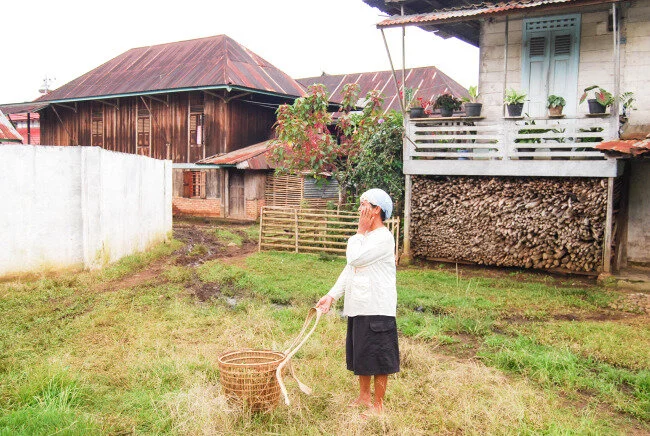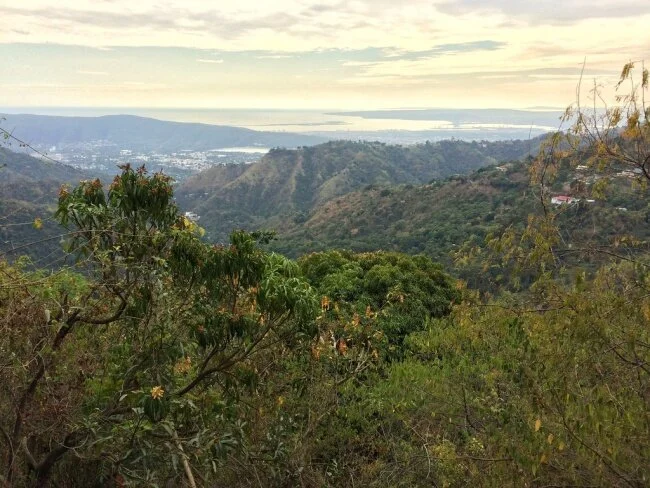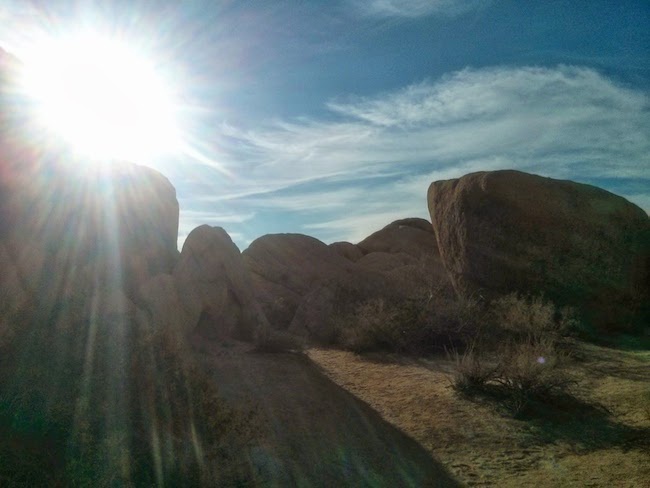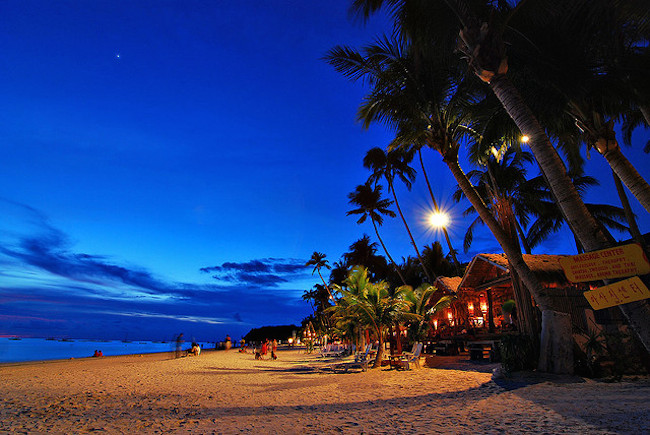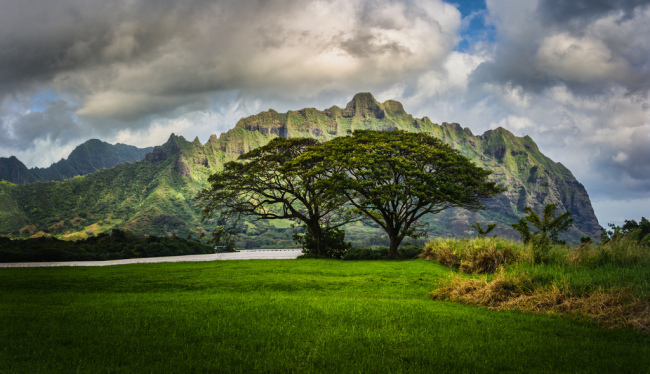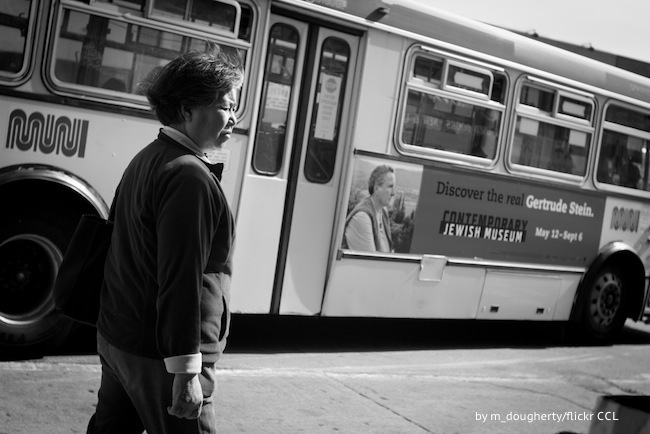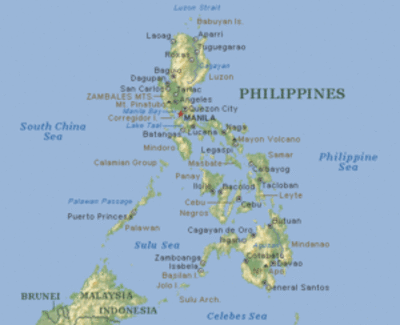Deep in the barren Sonora Desert of Southwestern U.S, three days away from the last person I saw, I was hiking alone, in search of quiet. The desert has always been the one place that spiritual seekers, saints, and sinners have gone in search of quiet.
Sonoran Desert, Prima, Arizona. Photo by Ken Bosma via Flickr CCLExcept that, in reality, the desert was not quiet. Its incessant winds whistled by my ears and rumbled up through my feet. Dead and dying grasses tumbled and rolled by. Snakes slithered, lizards clicked, and hares scurried across the sand. The winds sang beneath the wings of hovering vultures and under the claws of lingering thoughts.
There, hiking alone through the desert, reveling in my own silence, late in the afternoon on a tranquil summer’s day, I suddenly came upon a rattlesnake, which startled me with its rattle, louder than any rock concert I had ever been to. I stopped, the snake did not strike, we stared at each other, and then we both quietly went our separate ways.
Sound and silence can come in unanticipated places and at unpredictable times.
